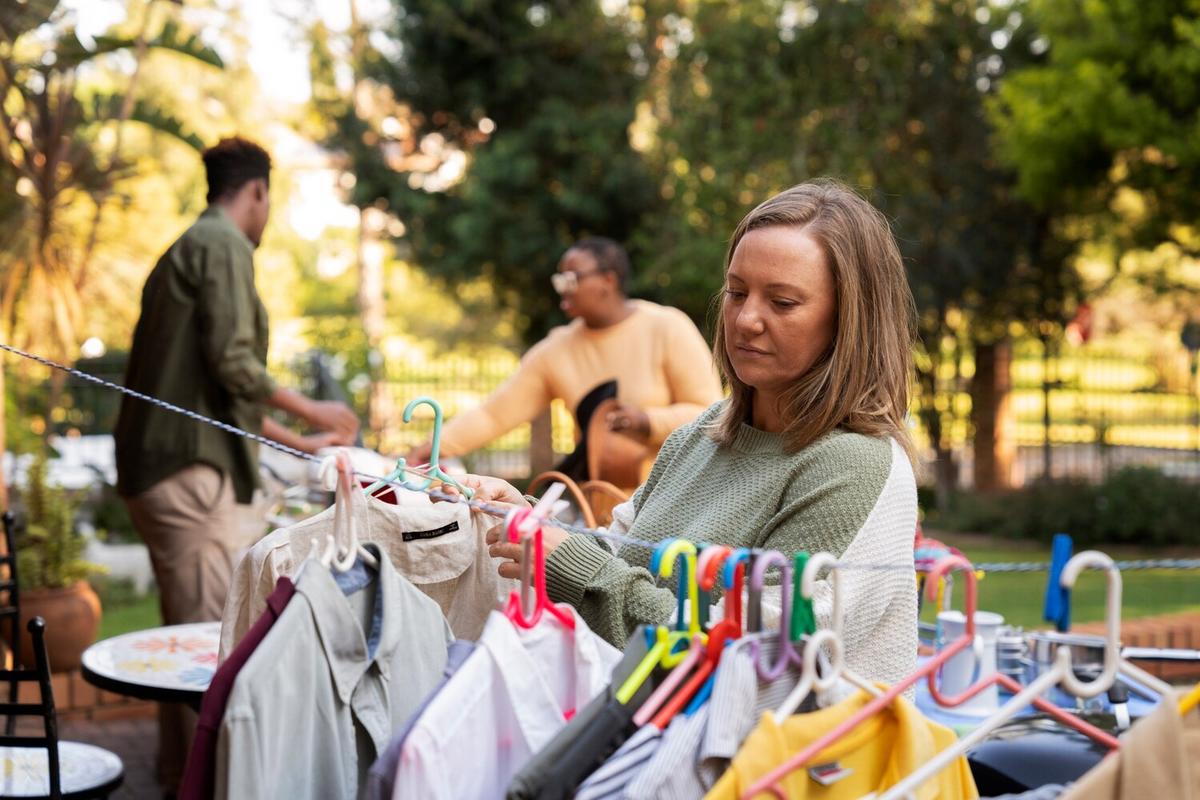
Blockchain in Fashion: Ensuring Authenticity and Transparency
In an era where consumers demand more transparency and authenticity, the fashion industry is turning to innovative solutions such as blockchain technology. This revolutionary tool promises to address long-standing issues of counterfeit products and opaque supply chains, offering a new level of trust and integrity.
Blockchain technology is increasingly recognized as a game-changer for the fashion industry, particularly in its ability to ensure authenticity and transparency. By creating an immutable digital ledger, blockchain allows fashion brands to track every step of a product’s journey, from raw material sourcing to the final sale. This not only combats counterfeiting but also enhances consumer trust.
Expert Insights on Blockchain’s Impact
Industry leaders are optimistic about the potential of blockchain. A report from Deloitte highlights that blockchain can improve brand protection and enhance customer loyalty by providing verifiable proof of authenticity. Experts from Gartner also note that blockchain’s ability to offer traceable and tamper-proof records is invaluable in combating counterfeit goods, which cost the fashion industry billions annually.
Statistics Supporting Blockchain Adoption
According to a study by PwC, over 50% of fashion executives believe that blockchain will be a critical tool for enhancing transparency within the next five years. The same study reveals that companies using blockchain have seen a 20% reduction in losses due to counterfeit products.
Real-World Examples
Consider the experience of luxury fashion houses that have adopted blockchain to issue digital certificates of authenticity. These certificates provide customers with a secure way to verify the originality of their purchases. By scanning a QR code, customers can access a detailed history of the product, ensuring peace of mind.
Actionable Tips for Implementing Blockchain
- Start Small: Begin with a pilot project to understand blockchain’s impact on your supply chain.
- Collaborate with Experts: Partner with technology providers specializing in blockchain to ensure a seamless integration.
- Educate Your Team: Provide training for staff to understand and utilize blockchain effectively.
Comparison Table: Traditional vs. Blockchain Supply Chains
| Feature | Traditional Supply Chain | Blockchain Supply Chain |
|---|---|---|
| Transparency | Limited | High |
| Authenticity Verification | Manual | Automatic |
| Fraud Risk | High | Low |
| Data Security | Moderate | Strong |
| Cost Efficiency | Variable | Improved |
| Consumer Trust | Medium | High |
| Adaptability | Slow | Fast |
| Scalability | Challenging | Flexible |
Conclusion
As blockchain continues to gain traction, its role in ensuring authenticity and transparency in fashion becomes undeniable. By embracing this technology, brands can not only protect their reputation but also forge stronger connections with consumers. For those ready to adopt, blockchain offers a pathway to a more transparent and trustworthy fashion ecosystem.
FAQs
What is the primary benefit of blockchain in fashion?
Blockchain provides a secure and transparent way to track the authenticity and journey of fashion products, reducing the risk of counterfeiting and building consumer trust.
How does blockchain enhance supply chain transparency?
By creating a tamper-proof digital ledger, blockchain records every transaction and movement of a product, making the supply chain fully transparent and traceable.
Can small fashion brands afford blockchain technology?
While initial costs can be high, partnering with blockchain service providers and starting with small-scale implementations can make it accessible for smaller brands.


